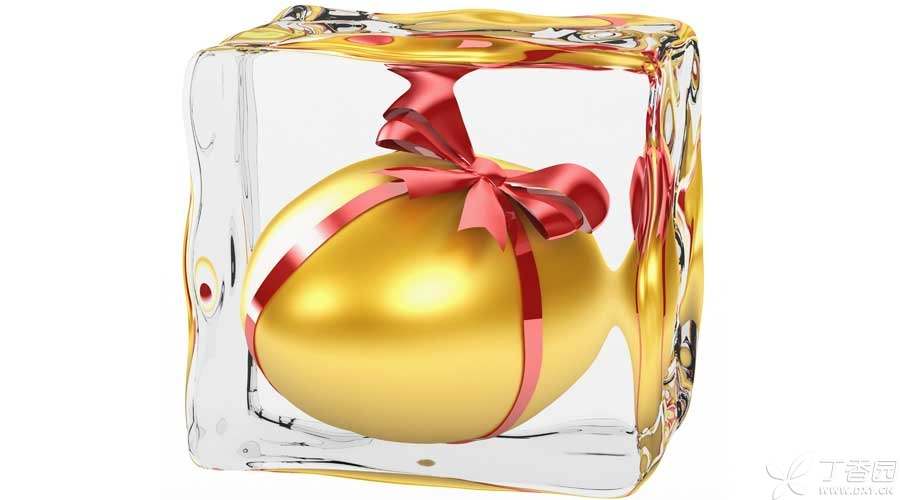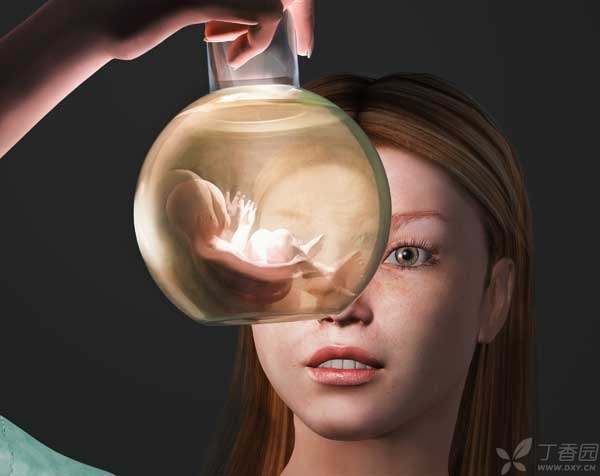
On the morning of July 6, 41-year-old talented woman Xu Jinglei took the lead in talking about oocyte cryopreservation in her blog post. She admitted that in order to give herself a chance to become a mother, she chose oocyte cryopreservation. In her opinion, freezing her eggs is like finding [the only regret medicine in the world]. Her only regret is that she found this medicine a little late.
Xu Jinglei’s trip to oocyte cryopreservation in the United States must have resonated with many women. [In case the situation forces you or your lover to change your mind one day, there will always be a way out and a solution.]
So, is oocyte cryopreservation really reliable for infertile women? Professor Sun Xiaoxi from Fudan University’s Affiliated Obstetrics and Gynecology Hospital will answer your questions about oocyte cryopreservation.
Eggs can’t be frozen if you want to.
Oocyte cryopreservation: Frozen eggs from women when they are healthy are taken to prevent the eggs from aging with the human body. Frozen eggs are taken out for use when women want to give birth.
At present, [frozen eggs] belong to the category of assisted reproductive technology. China’s laws clearly stipulate that only couples who hold [three certificates] (marriage certificate, identity card and birth certificate) and suffer from infertility can receive assisted reproductive technology diagnosis and treatment.
The country has not yet approved the cryopreservation of eggs or embryos for unmarried women or couples with normal fertility.
For safety reasons, the Shanghai Municipal Health Planning Commission issued regulations in 2013 to consider oocyte cryopreservation only under the following two circumstances:
- Couples with a history of infertility and who can undergo artificial assisted reproduction can choose to freeze the eggs and reuse them when the sperm is obtained if the husband fails to obtain the sperm on the egg retrieval day. Cancer patients who wish to retain fertility can freeze their eggs before surgery and chemotherapy.
[Frozen Eggs] Risks, Not Easy
To freeze eggs, the first thing to do is to take them. To take eggs, ovulation must be induced first.
Women’s egg retrieval is far less simple than men’s sperm retrieval, and there are many risks from ovulation induction to egg retrieval.
- Women receive ovulation induction treatment at the beginning of their menstrual period, Clinically, women are usually injected with follicle growth stimulating hormone, A course of treatment lasts about 10 days to half a month. In the meantime, It is necessary to continuously monitor follicles through B-ultrasound. When the egg is large enough, under the guidance of B-ultrasound, the follicular fluid is extracted from the ovary through the puncture needle through the vagina. The egg is generally suspended in the follicular fluid, and the embryo laboratory staff will sort out the eggs in the follicular fluid under the microscope. After evaluation, the mature egg will be frozen.
The following risks exist in the whole process:
-
Ovulation induction drugs are easy to develop multiple follicles, which may lead to excessive stimulation of women’s ovaries, causing ascites and pleural effusion. Severe cases require hospitalization.
-
Although egg retrieval is a [minimally invasive] minor operation, it also has the possibility of bleeding and infection, and may also harm ovarian function and women’s health.
Although they are all small probability events, once they happen, the loss outweights the gain.
How does [frozen eggs] work?
The latest technology in oocyte cryopreservation is vitrification freezing technology, that is, the egg is put into a highly concentrated dehydrated cryoprotective solution, and then immediately put into-196 ℃ liquid nitrogen for cryopreservation.
When eggs need to be used, professional technicians will take out the eggs from liquefied nitrogen for rewarming, then use the culture solution to remove the chemicals used in freezing, fertilize the surviving eggs and the man’s sperm in vitro, cultivate them into embryos, and then select the normally developed embryos to be transferred to the female uterus.
It should be emphasized that egg freezing technology has become increasingly mature, but there is still a gap compared with embryo freezing technology.
At present, the recovery rate of frozen embryos has reached more than 95%, while that of oocyte cryopreservation is only 70% ~ 80%. That is to say, if we freeze 100 eggs, perhaps only 70 can be used after recovery. If 100 embryos are frozen, more than 95 of them will be usable after recovery.
For married infertile women who meet the test tube conditions and are temporarily unsuitable for conception due to various reasons, frozen embryos are preferred clinically.

[Frozen Eggs] Not a Magic Weapon for Conservation,
Since the birth of the world’s first slow oocyte cryopreservation baby in 1986, there have been more than 100 IVF successfully conceived by [frozen egg] resuscitation technology in the world. There is no relevant data on the future health status of these children and whether they will be potentially affected by [oocyte cryopreservation].
At present, even if oocyte cryopreservation is successfully resuscitated, the probability of successful fertilization is far lower than that of fresh eggs, and vitrification freezing technology requires very high requirements. There is no clear conclusion as to whether chemical reagents such as dimethyl sulfoxide and ethylene glycol in freezing reagents have potential effects on eggs and offspring.
[Frozen Eggs] is by no means a conservation method suitable for all.
Nowadays, from stars to ordinary people, more and more young women have the idea of oocyte cryopreservation and want to buy [regret medicine] for their infertility. Although eggs can be frozen and preserved, the rate of IVF will also decrease with age.
I warn you that if you want to rely on oocyte cryopreservation to preserve your fertility opportunities, you must think twice.
Responsible Editor: Zhang Jingyuan
This article is exclusively authorized to be used by Clove Garden and refuses any other form of reprinting.
